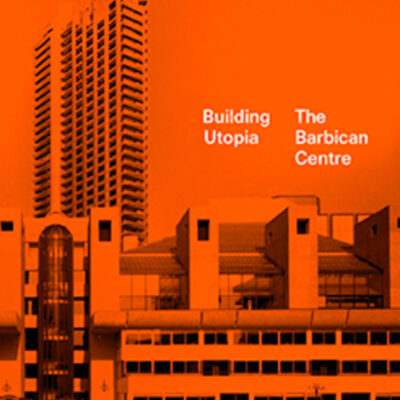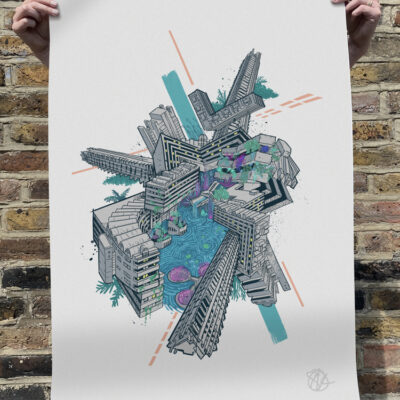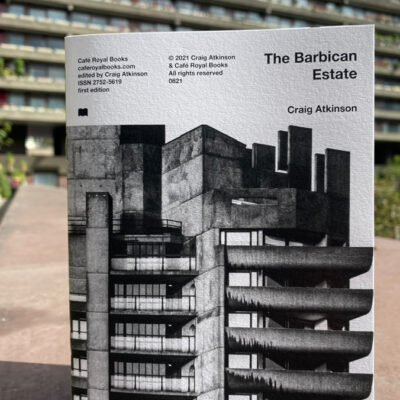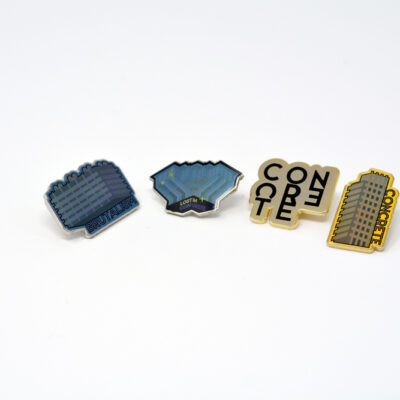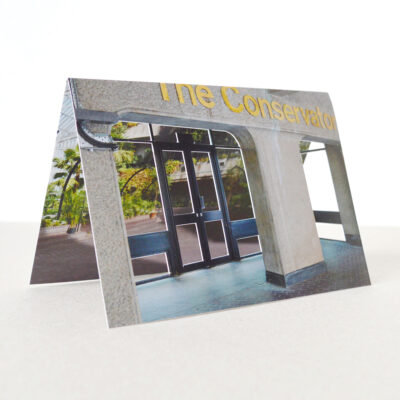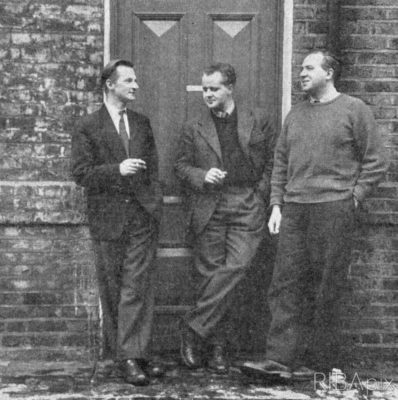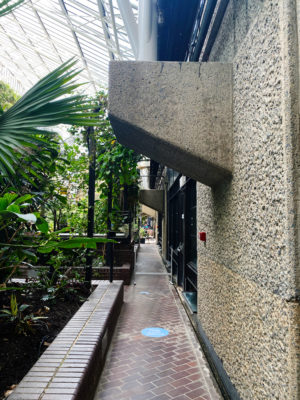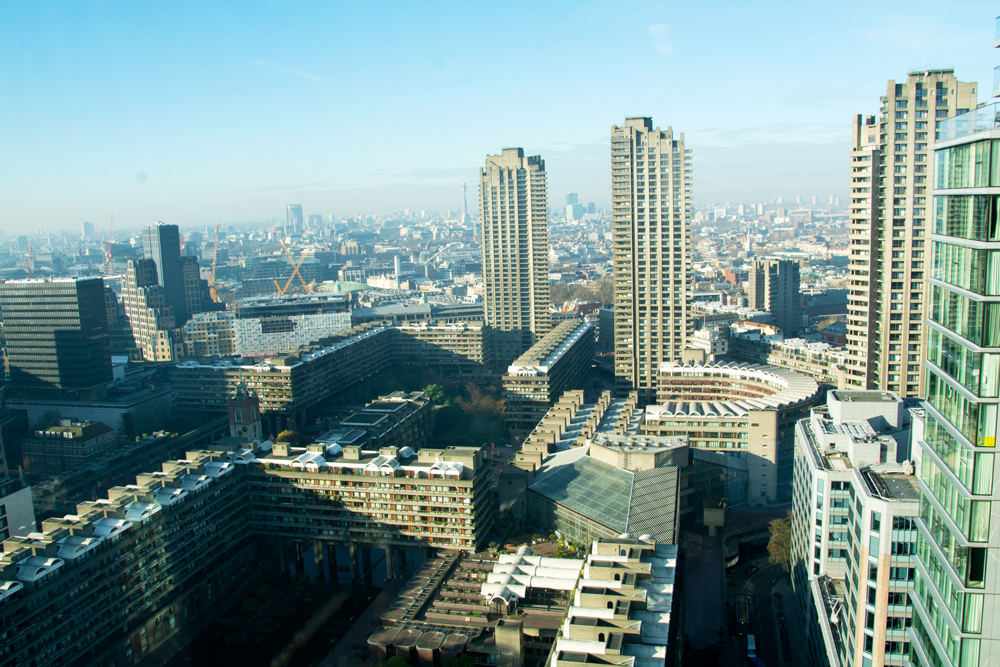The Barbican Centre, Happy Happy
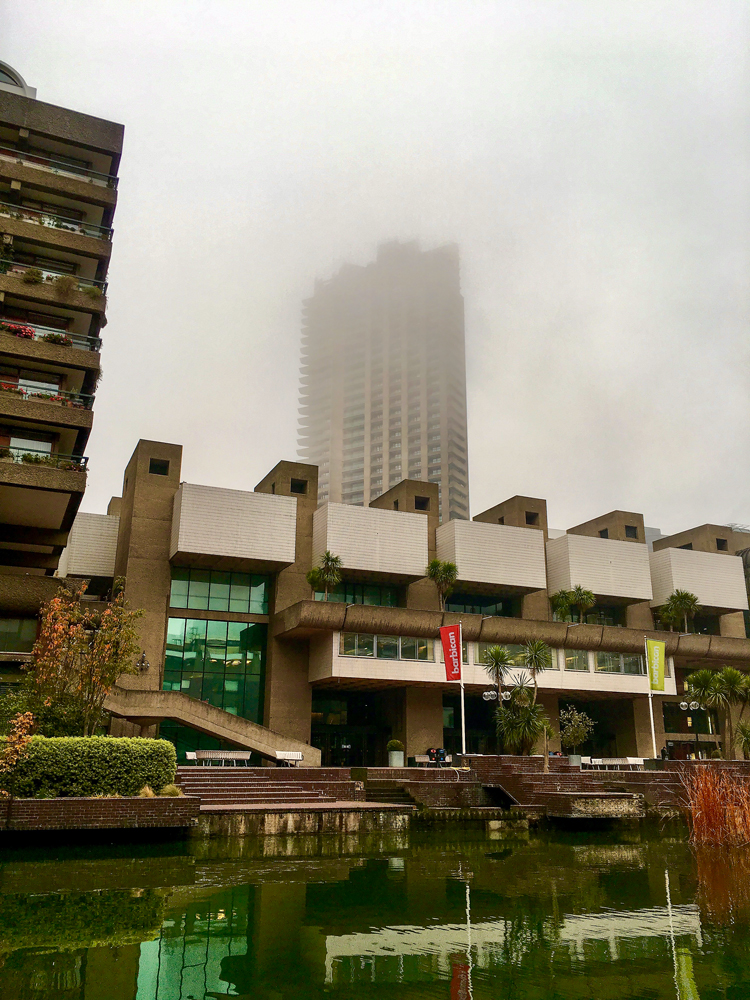
The City of London was in desperate need of a post-war plan. Blitzed by the Nazis, financially hobbled by six years of war, the Corporation, the City’s governing institution dating back 1000 years needed to bring people and business to the Square Mile. People were needed in order that the City retained political influence through representation in Parliament and business, well, because employment and taxes were needed. The support of the Conservative Minister of Housing in Sir Anthony Eden’s government (1955 – 1957), Duncan Sandys (Winston Churchill’s son-in-law and the rumoured ‘headless man’), paved the way to the building of the Barbican Centre, an arts hub.
We thank the Barbican Archive team and film-maker Jack Wormell for this video (Barbican Archive © ). Do visit the archive and support their work.
To get a sense of the bombing’s devastation, Sir Nicholas Kenyon, the former Managing Director of the Barbican Centre, vividly describes the terrain in Building Utopia, a new book celebrating the Barbican’s 40th birthday on March 3rd 2022.
‘The buildings around and to the north of St Paul’s Cathedral, miraculously not including the Cathedral itself, had been comprehensively destroyed, which (as Pevsner noted) ‘allowed one to walk for over half a mile without passing a single standing structure’.
Agreeing that the best way forward was to create a community and an arts centre rivalling its counterparts in other major Western European cities is one thing – getting there – to the Queen laying the Foundation Stone in November 1982, was fraught, punctuated with setbacks, escalating costs, disagreement and strikes.
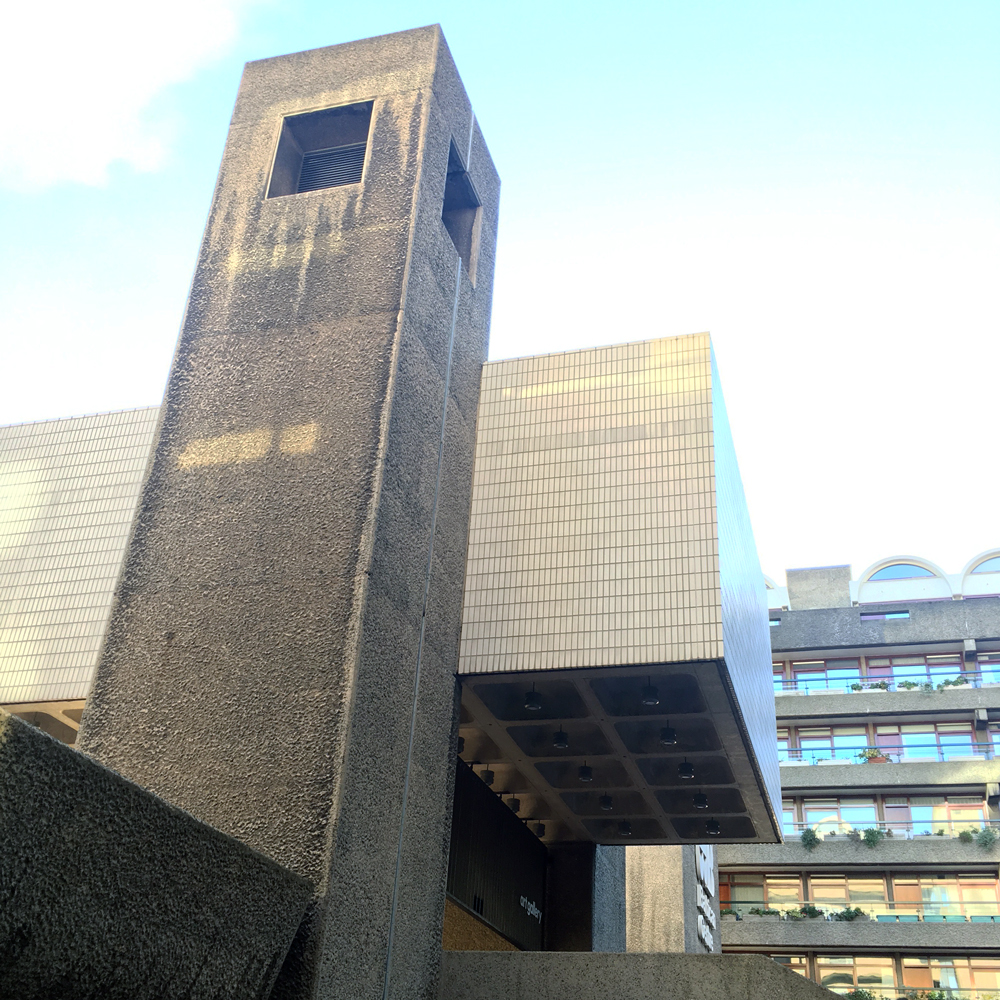
Architects, Chamberlin, Powell and Bon were on board from early on. Geoffry Powell had won the competition to build Golden Lane Estate. In June 1955, the trio proposed, according to Elain Harwood, moving the Guildhall School of Music and Drama ‘to its own advantage as well as to the benefit of the residential estate.’ A theatre and a school became part of the equation and of course the concert hall. And what they created is today’s arts centre surrounded by and integrated into the residential estate, a magnificent example of brutalist architecture, proving to critics of ‘ugly architecture’ that there can be real beauty in concrete.
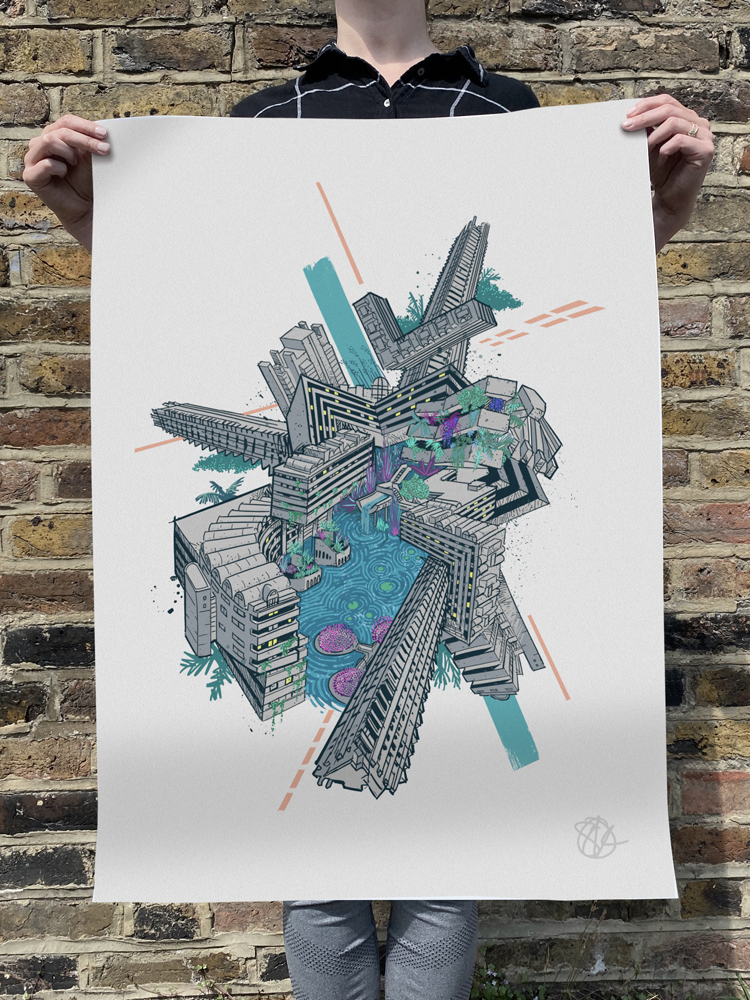
The Barbican by Sam Kerridge
That didn’t stop the arts centre from undertaking makeovers and decoration and lovers of the Barbican Estate will have felt, for years, that the Centre’s management was at best equivocal about their brutalist citadel of the arts. That’s all past, now (we hope), as the Barbican Centre feels comfortable in its building albeit not free from other important controversies as it, like us all and all institutions, must become truly diverse and inclusive.
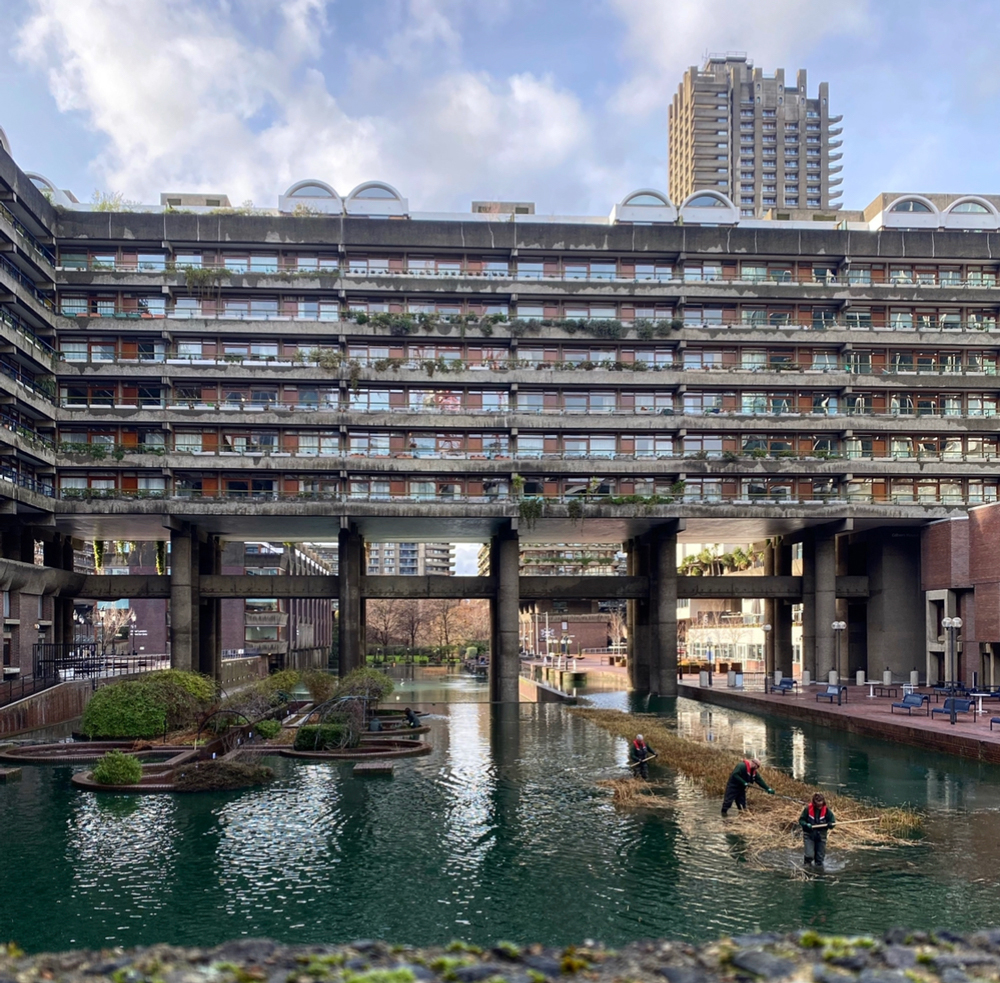
Barbican Lake February 2021 Image Greyscape
Living here at the Barbican means becoming used to encountering visitors peering into their phones trying to figure out where they are – after all they are looking for a destination – we know that the Barbican Centre and Barbican Estate are for all intense purposes a district and a district influenced in its design by medieval walls and fortifications. Many think that it is deliberately not easy to navigate. We’d agree.
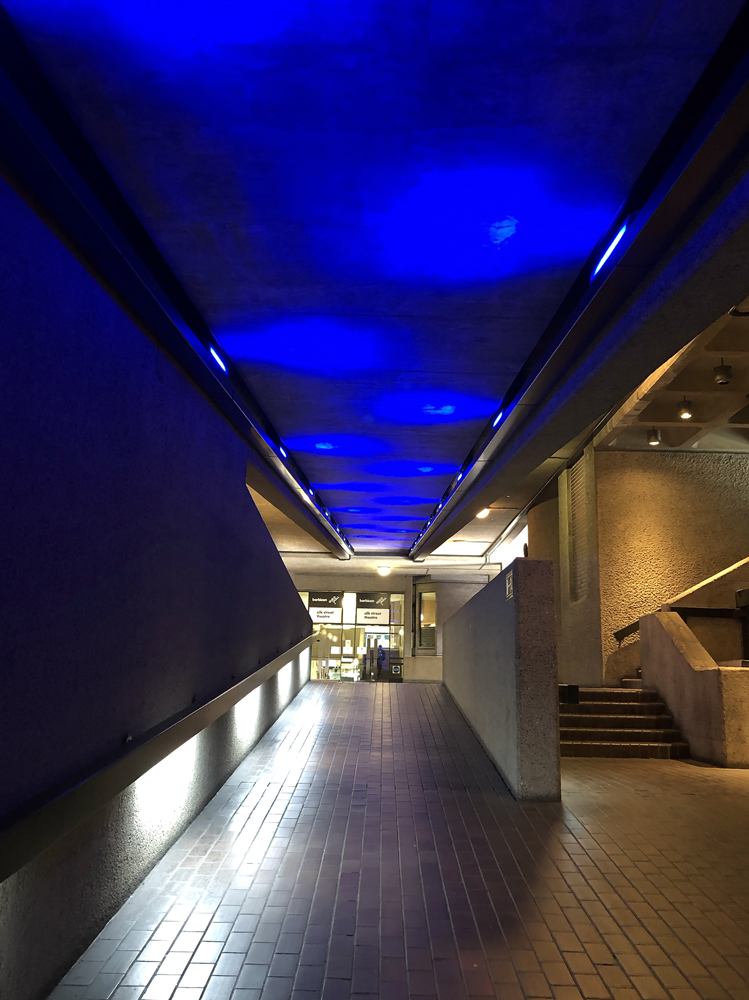
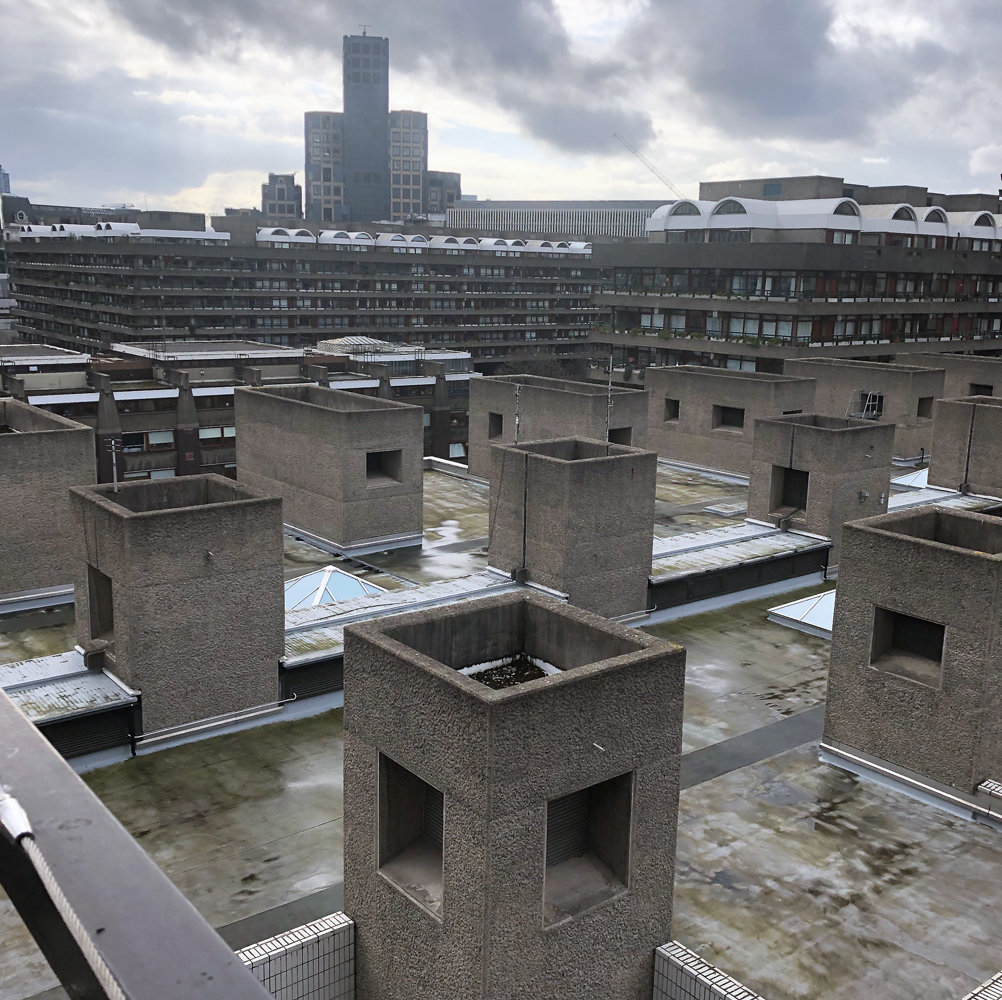
Barbican Rooftops
Whats on at the Barbican
Barbican Archive collaboration with Bishopsgate Institute Out and About
All images Howard Morris©




